In this article on physics, we will learn and understand the various frequency of a wave example and its detailed explanations and facts.
Frequency is a term in physics that refers to the rate at which any wave, whether longitudinal or transverse, occurs at a point for a given period. It even tells about the vibrations in an object for a considered period. We can measure frequency in all the things where the wave propagates.
Below are some lists of different frequencies of a wave example that we can observe in everyday objects.
- Frequency of sound heard by animals
- Frequency of musical instruments
- Frequency of light
- Frequency of sound
- Frequency of red light
- Frequency of radio-broadcasting
- Frequency of radio waves
- Frequency of medical instruments
- Frequency of communication devices
- The frequency used in microwaves
- Frequency of electrical appliances
- Frequency of gamma-ray used in cancer therapy
- Frequency observed in mobile and cellular devices
- Frequency of ultraviolet ray
- Use of frequency in photosynthesis
- The frequency used for satellite communication devices
- Frequency of television remote
- Use of frequency in detecting underwater objects
- Use of frequency in aviation and air traffic
- Frequency of military equipment
- Frequency of a wave example of magnetic resonance imaging
Frequency of sound heard by animals
Most animals hear the sound of frequencies greater than 20KHz, which human beings cannot hear. The mammals such as bats, whales, and other animals such as dogs, cats, and dolphins tend to hear frequencies greater than normal hearing.

Frequency of musical instruments
Every note on any musical instrument has different frequencies. It may sometimes become high or low depending on the played note. In a ukulele, if you play A minor, it has a different frequency than G. These frequencies can be measured using the formula and written in terms of Hertz, i.e., 243Hz.
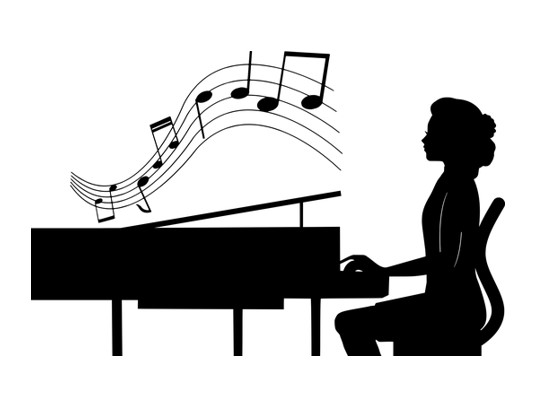
Frequency of light
The spectrum of the light consists of seven colours, and each one of them consists of different frequencies; their frequencies usually depend on their wavelength. The highest frequency light rays consist of higher energies that help in the propagation of waves. Frequencies of light rays help in estimating their wavelength.
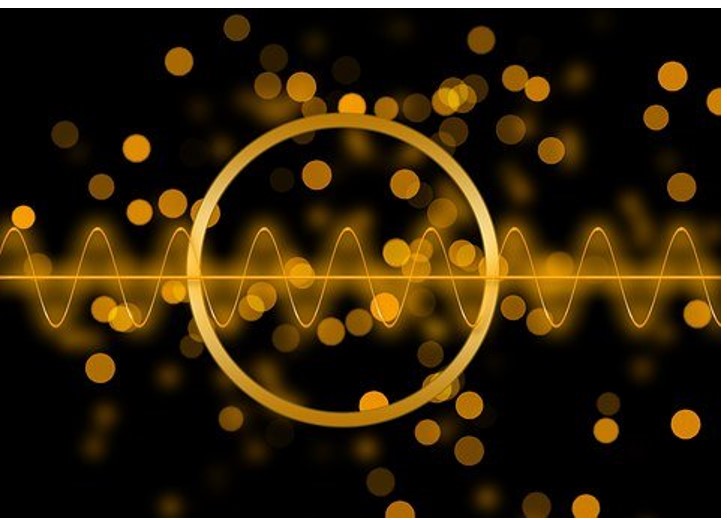
Frequency of sound
The frequency variation may change for different sound waves depending on their wavelength. For example, the sound of the drum or thunder may have a loud sound, but it has a very low frequency, whereas breaking of chalk and screaming has a very high frequency of sound.
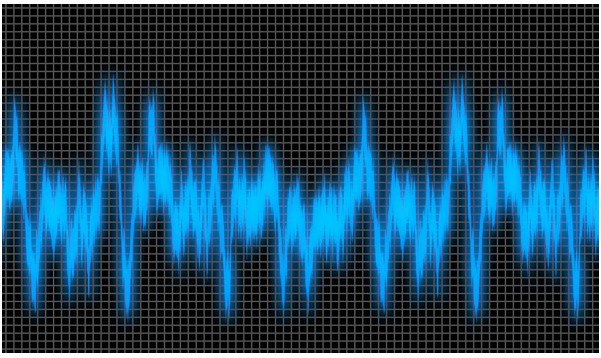
Frequency of red light
The red light, in general, has a larger wavelength than other colours of VIBGYOR; as we know, both wavelength and frequency are inversely proportional to one another; we say that the red light has low frequency and has less energy compared to other light waves.
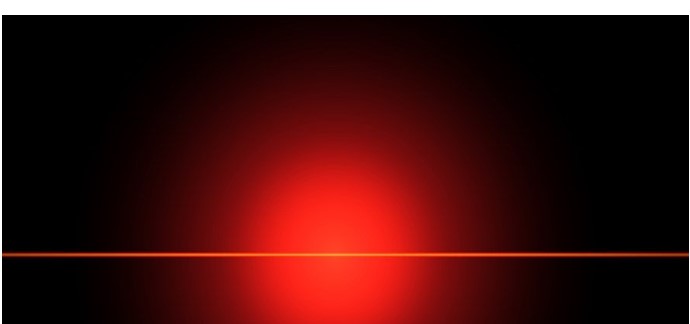
Frequency of radio-broadcasting
To broadcast any radio program, it uses frequency modulation stations. The sound signals of different frequencies are modulated using amplitude and frequency modulation. The modulated signals are transmitted, received, and tuned to the same frequency range for broadcasting.
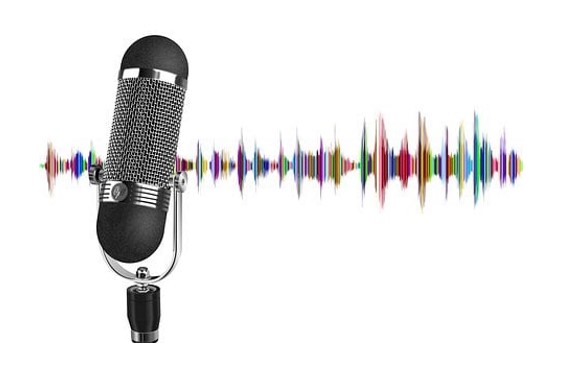
Frequency of radio waves
Radio waves typically have the most central wavelengths required for many applications from space to household uses. The various frequency range of radio waves, such as high-frequency low-frequency waves, are modulated and used in satellites, communication purposes, cellular, medical instruments etc.
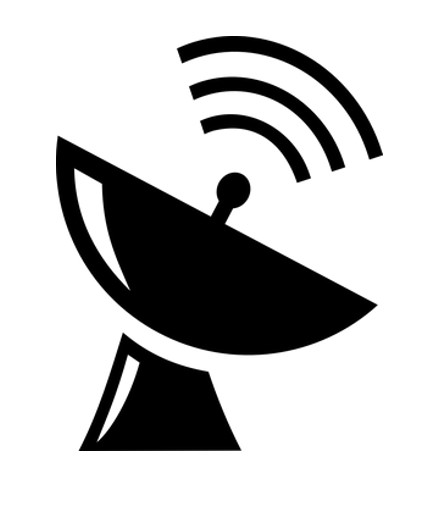
Frequency of medical instruments
Numerous medical instruments are used to scan different parts of a body, whether internal or external organs. Different electromagnetic spectrum waves are used to detect and diagnose the medical condition of organs. An instrument can surely use high or low-frequency waves as required for diagnosing and treating disorders.

Frequency of communication devices
Various communication devices, such as mobile, telephone, radio, Gmail, Wi-fi, and television, use various radiation waves that help extract, send, and receive information. All these devices use different frequency ranges for communication.

The frequency used in microwaves
Microwaves have a short high-frequency range in comparison with radio waves. The higher frequency also leads to a higher energy that helps transmit waves. Even these frequencies of microwaves are used in broadcasting and communication. It is widely used in ovens to bake food items.
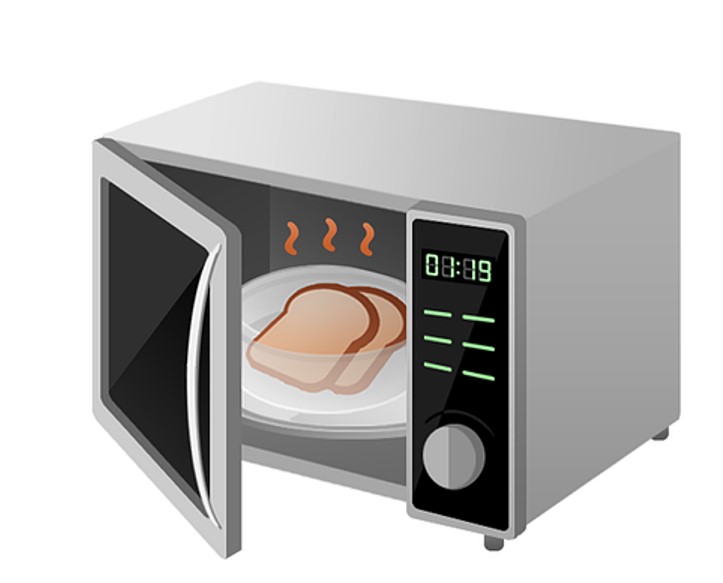
Frequency of electrical appliances
In many heating and electrical appliances, IR light is used. The particular appliances absorb the band of frequencies in IR light for functioning. The appliances like electric cooker, steamer, vacuum, heater, dryer etc., use these frequencies and get heated up by increasing the movements in the matter. The frequency of these electrical appliances come between the various ranges of IR light and is the best frequency of a wave example.
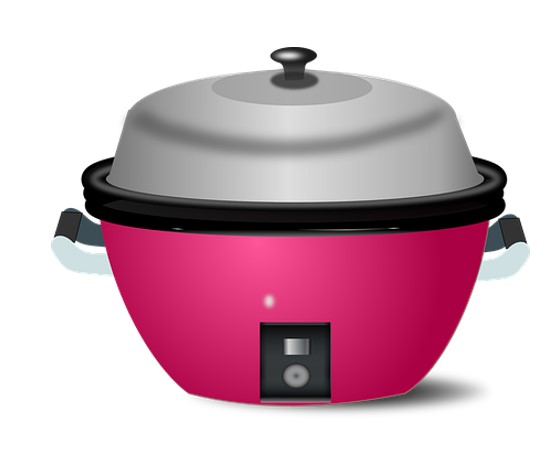
Frequency of gamma-ray used in cancer therapy
The higher energy waves, that is, gamma rays, have a very high-frequency range that helps cure many disorders and treat cancer. The frequency range of gamma rays is so high that it will kill the tumours. Many other applications of gamma rays are used in the medical domain because they have very short wavelengths.
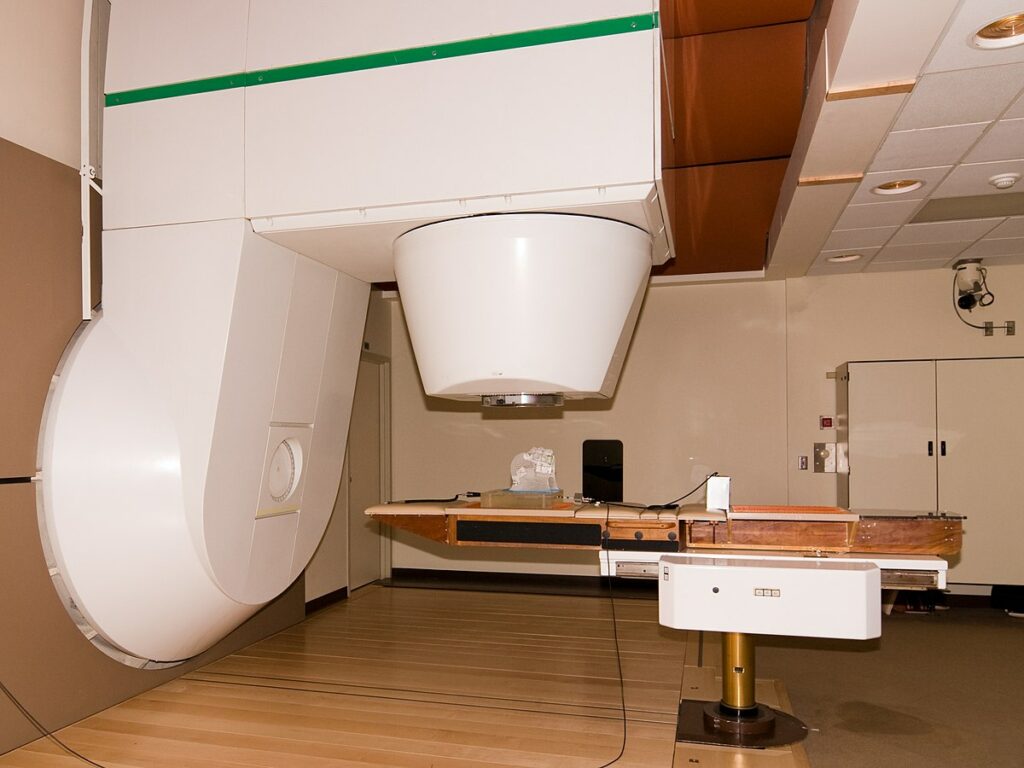
Frequency observed in mobile and cellular devices
The mobile device consists of varieties of applications. Each application uses a different frequency range of radio and IR waves to perform the functions smoothly. These frequencies help display images for communicating purposes, playing audios and videos. Since radio frequencies are used, transmitting signals and information will be more effortless and quick. Even the other cellular devices such as landlines work using the same application, and these are perfect frequency of a wave example.
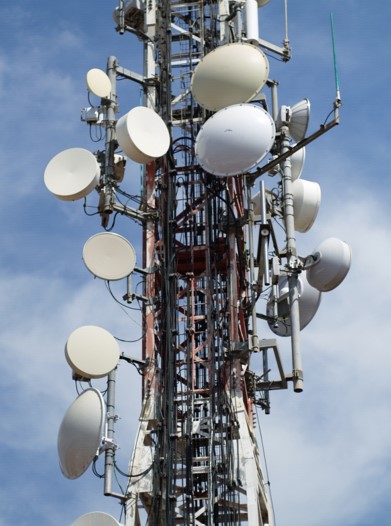
Frequency of ultraviolet ray
Ultraviolet waves or violet light have the lowest wavelengths compared to other light rays. Since the wavelength is small, it has a higher frequency and higher range of energy. The various frequency range of UV- light is used to apply vision goggles and other military and medical equipment.

Use of frequency in photosynthesis
Photosynthesis is a phenomenon used by plants and trees to prepare their food or source of energy. For photosynthesis to occur, the source of visible light should be present; we know that visible light is a part of the electromagnetic spectrum that consists of a specific frequency range. So, we can infer the photosynthesis process uses a frequency range of visible light to occur.

The frequency used for satellite communication devices
Satellites are the primary source of communication that helps transmit information to various devices. The primary waves that are used to transmit and receive the waves are radio waves. The specific frequency range of these radio waves is used to extract the processed information through the signal. The antennas help in the modulation of frequency.

Frequency of television remote
The TV remote that we use in our household works with the help of IR radiation. The Infrared radiation of frequency range between 300mHz to 400gHz is used in remote functioning. It is a range of frequencies different from the carrier frequency of IR remote.
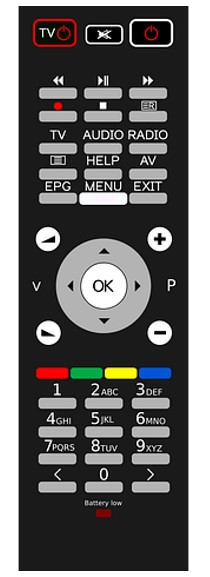
Use of frequency in detecting underwater objects
The submarine vehicle is constructed to exhibit the activities of detecting and navigation underwater. For communication purposes in submarines, radio waves are used. The radio waves used here has low frequency since they have a higher wavelength. A particular term called ELF, also termed as extremely low frequency of radio waves, is considered for this purpose.
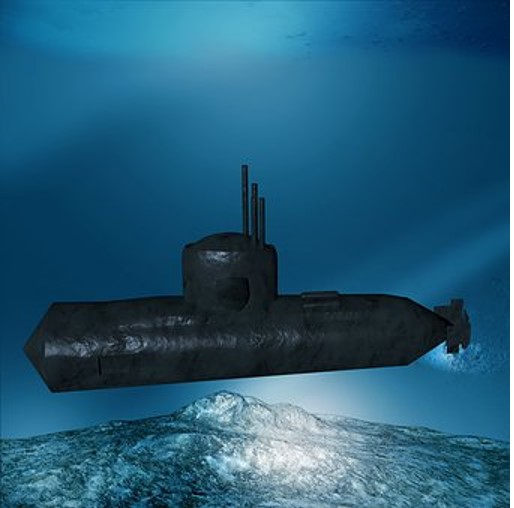
Use of frequency in aviation and air traffic
Even aviation uses very high frequency, also called VHF, which uses radio waves for communication between any air vehicle and its air traffic control department. The higher frequency part of radio waves is generally used to maintain communication between various aeroplanes or aircraft.

Frequency of military equipment
The varieties of military equipment used for the wellness of a country uses the application of frequency to achieve its purpose. The UV-cameras, goggles used for vision during nighttime, use electromagnetic waves. The waves of IR and UV are mainly used for this purpose; by varying the frequency, we can use these waves efficiently in this equipment.
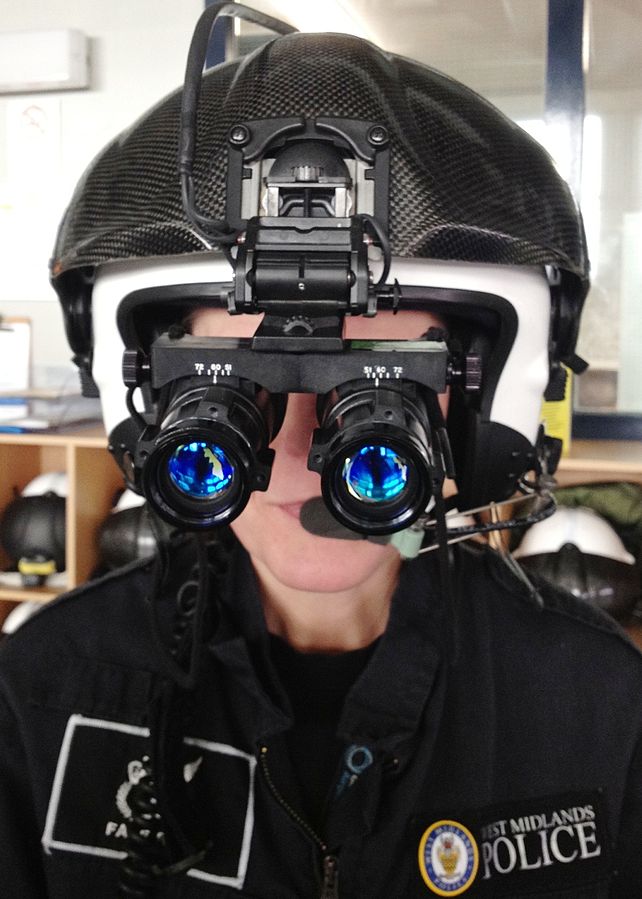
Frequency of a wave example of magnetic resonance imaging
The magnetic resonance imaging technique is one of the most used machines in medicine. It uses a frequency range of radio waves between 1MHz- 300MHz to obtain the 3D image of the organs determined by the patient. For an MRI scan to be performed, it uses radio waves using an instrument that helps in other diverse medicine applications.

The above mentioned are some detailed explanations of the frequency of a wave example.
To know more facts related to waves and frequency. See below
Frequently Asked Questions on Frequency of a Wave | FAQs
What is the definition of frequency in physics?
In physical science, the word frequency always refers to measuring the vibrations of a wave for a particular period.
The definition of frequency goes like this; frequency is, in general, the measure of a total number of waves or cycles or vibrations that pass through a particular point for a particular period.
Do all bodies have a specific frequency?
All the waves exhibit consists of a frequency, and in turn, all the objects possess some waves.
The body undergoes vibrations and contains its band of natural frequency. The vocals of humans and the sound produced by various appliances have specific frequencies and are some frequency of a wave example.
Why is frequency an essential term in physics?
Frequency is a term that indirectly helps determine the wavelength range of the object or body.
It also determines how the waves pass, oscillate, or vibrate from a point. The different waves consist of frequencies that help from broadcasting, communication, electrical appliances, sound and light rays etc.
Mention the different types of frequency ranges?
There are four fundamental frequency ranges upon which various applications are considered. They are,
| Band of frequency | Range of frequency |
| Low-frequency range (LF) | 300 – 3000 |
| kHz High-frequency range (HF) | 3 – 30 MHz |
| Very high-frequency range (VHF) | 30 – 300 MHz |
| Ultra-high frequency range (UHF) | 300 – 3000 MHz |
Also Read:
- Amplitude of a wave example
- Limiting reactant example
- Constructive interference example
- Aufbau principle example
- Gravitational acceleration example
- Peptide bond example
- Dynamic equilibrium example
- Example of inertia of motion
- Example of density change
- Example of relative motion

I am Raghavi Acharya, I have completed my post-graduation in physics with a specialization in the field of condensed matter physics. I have always considered Physics to be a captivating area of study and I enjoy exploring the various fields of this subject. In my free time, I engage myself in digital art. My articles are aimed towards delivering the concepts of physics in a very simplified manner to the readers.